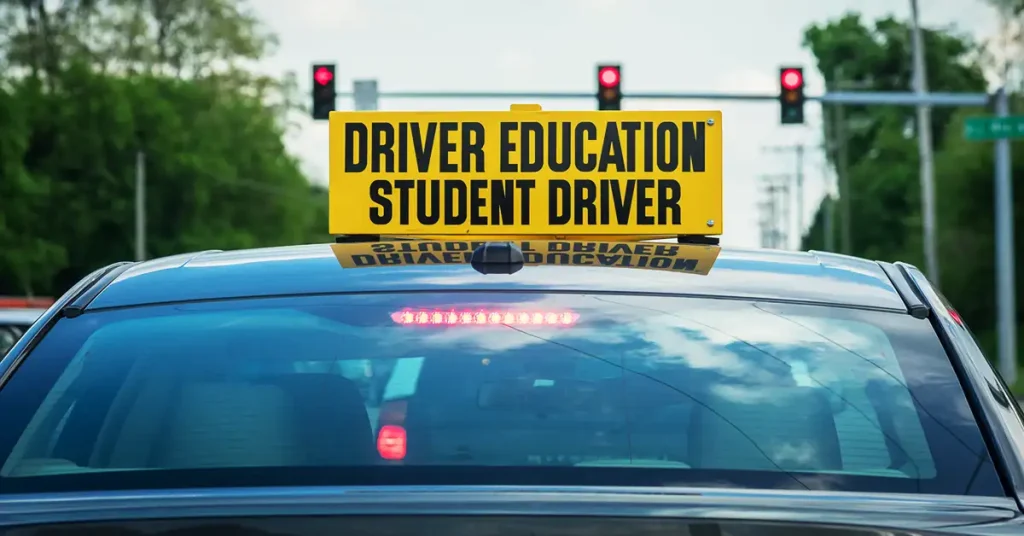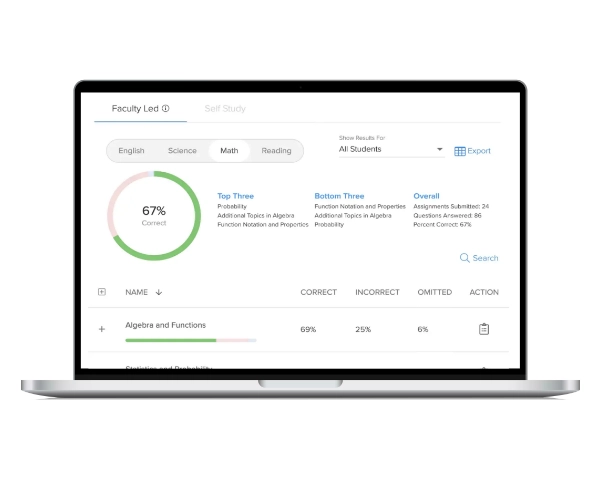As educators, we’ve all found ourselves in the middle of a conversation with a friend, our family, or a PD trainer about how burned out we (and our students) are, and how it’s like pulling teeth to get students to complete their work, let alone want to learn. And instead of offering a sympathetic listening ear, this well-meaning person offers one of the following unsolicited pieces of advice:
“Just make lessons more fun and engaging for the kids and then they’ll choose to do their work.”
“Just build better relationships with students and they’ll complete all of their work.”
“You just need to be stricter with students. This will make them complete their work.”
“Students should get a 0 every time they’re late turning in an assignment. A pattern of 0s will motivate them to try harder.”
“Students should have as many chances, reminders, and extensions as they need on any assignment. The only thing that matters is that they learn the material. When they complete their work doesn’t matter.”
The problem is, none of these suggestions teach students to take responsibility for completing their work on time, let alone teach them to love learning. The solution boils down to finding ways to create a sense of student ownership with regards to their own academic performance.
Student Ownership and Intrinsic Motivation
When educators learn how harness intrinsic motivation to get students to take ownership of their learning, the result is they take charge of their education. They believe they can handle tough schoolwork, come to class prepared, submit their completed assignments on time, and seek help when needed. This helps them do well in school, but it’s also important for life beyond high school, like in college. When students are intrinsically motivated to take responsibility for their learning, they become better at thinking critically, asking questions, problem-solving, and coming up with their own ideas.
Finding ways to increase intrinsic motivation in students helps them want to do well in class because they know why learning is important and, in turn, they want to get better. Students with strong intrinsic motivation take ownership of their learning because they have their own drive to progress and enjoy seeing themselves improve.

Many educational speakers tote the importance of “voice and choice,” which is making sure students are actively engaged in their learning (voice) and also have some level of autonomy over what they learn (choice). This is all well and good, but if we only focus on these two aspects of a class, we won’t prepare students for other necessary parts of classwork, like rigorous test prep and working through difficult learning standards. Other educational professionals tote the importance of student responsibility. Teachers set expectations for not only classroom behavior, but also for assignment completion and study topics. This is also important, but without incorporating voice and choice, students end up completing assignments because they have to, rather than because they genuinely want to learn.
Instead, it’s important to find a balance. Teachers can make room for student engagement by incorporating polling questions and socratic seminars. They can allow students to choose from a list of books for a project or pick from a menu of math station activities. Students can learn to be responsible by tracking their own progress and setting their own goals. When we put all these things together, it helps students take charge of their learning, enjoy it, and do well in school.
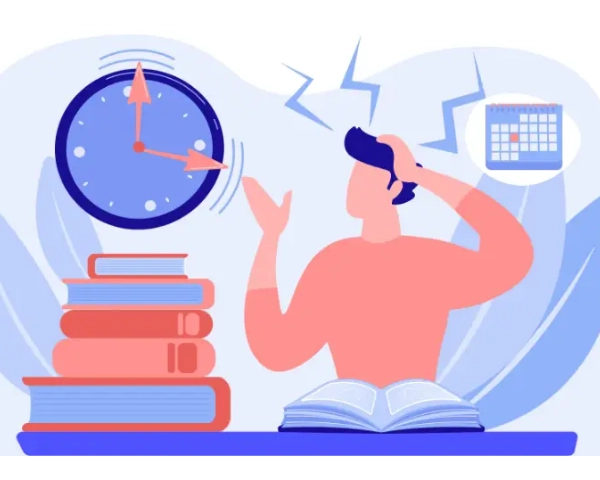
10 ways educators can encourage intrinsic motivation with student responsibility, engagement, and autonomy

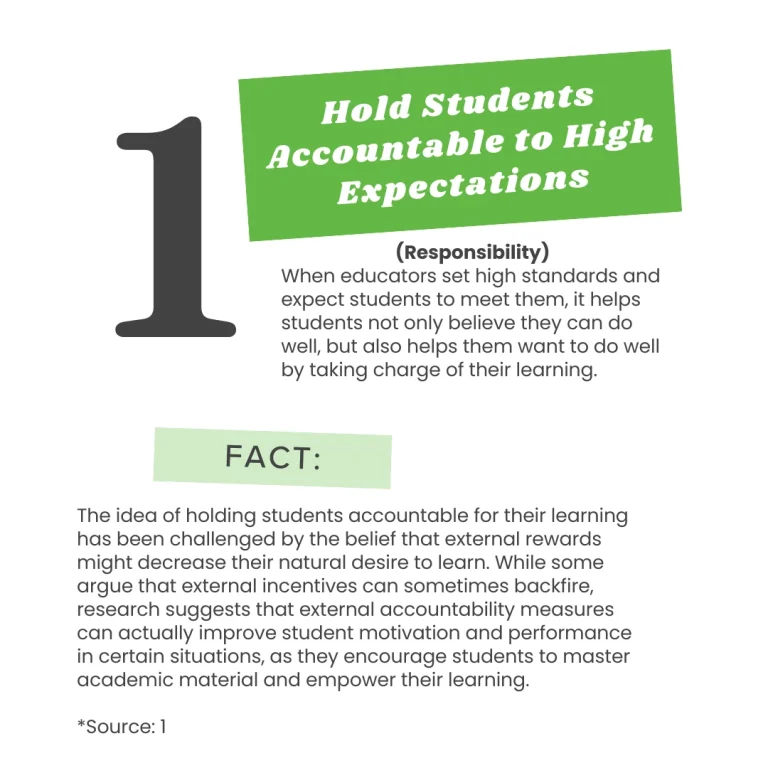
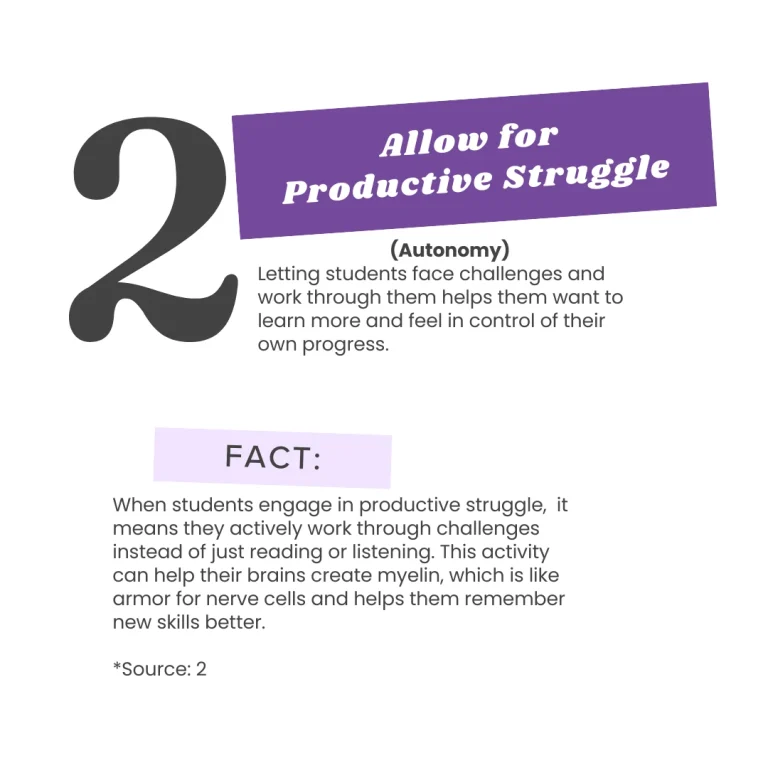
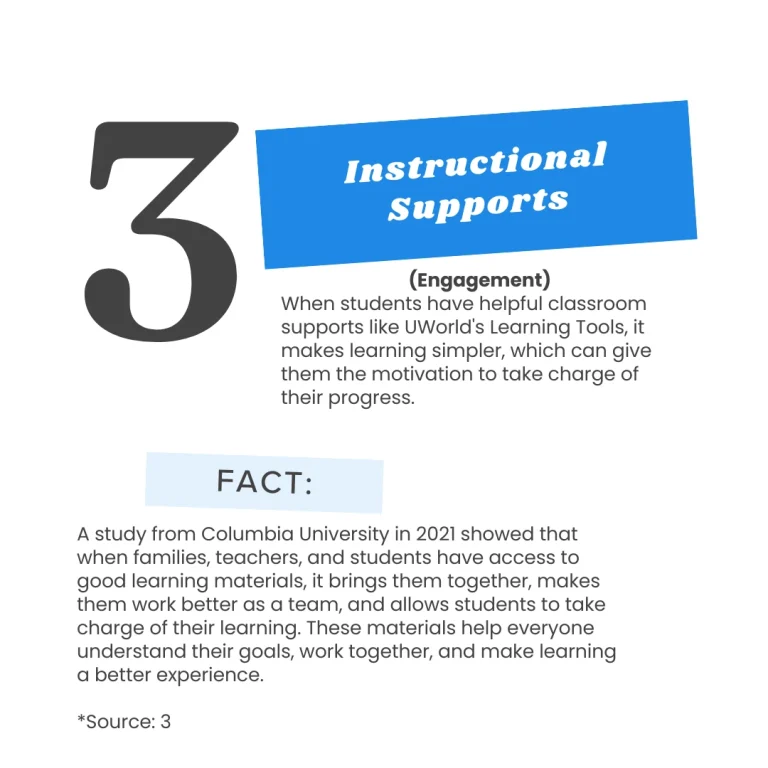
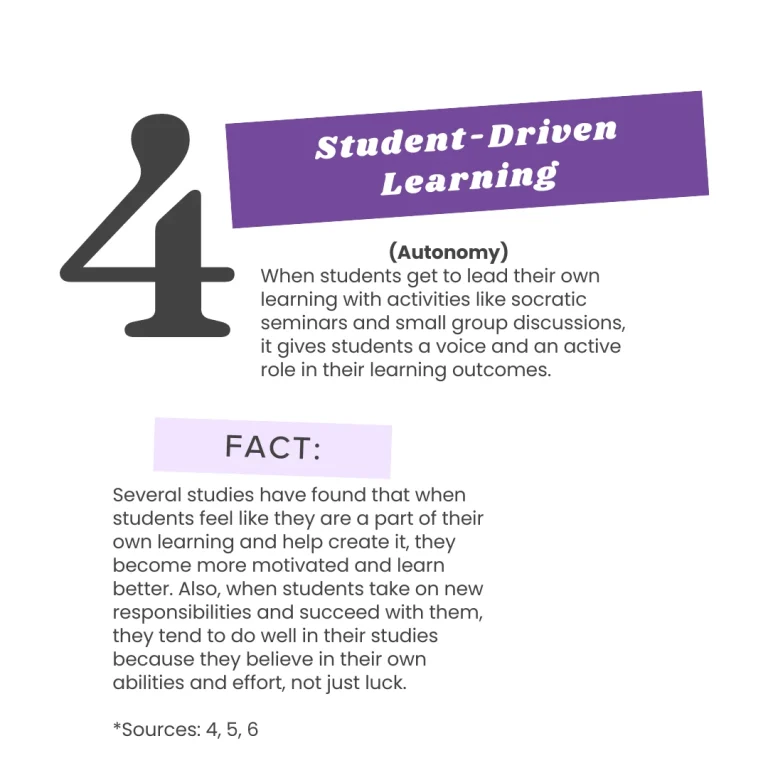
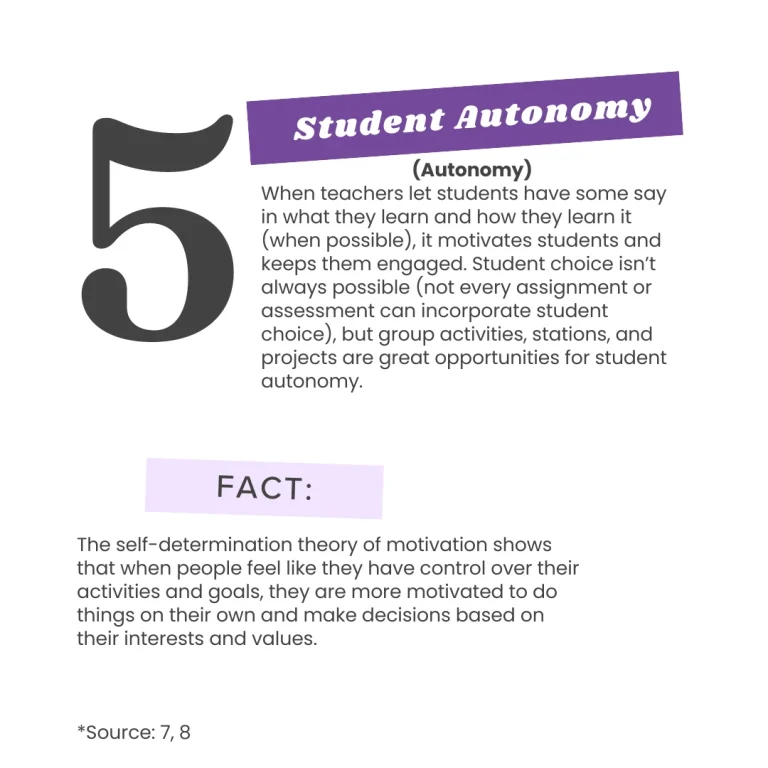
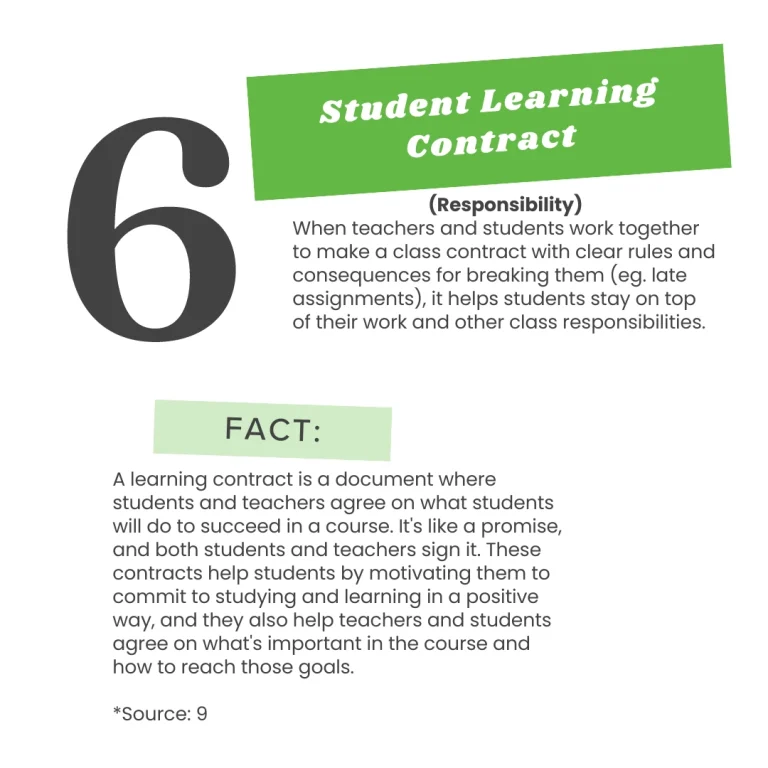
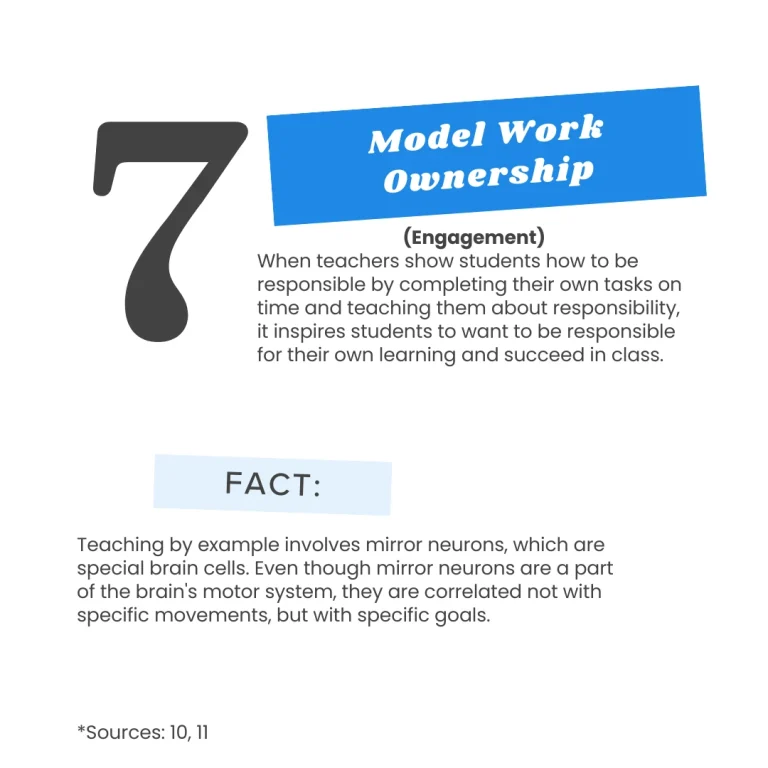
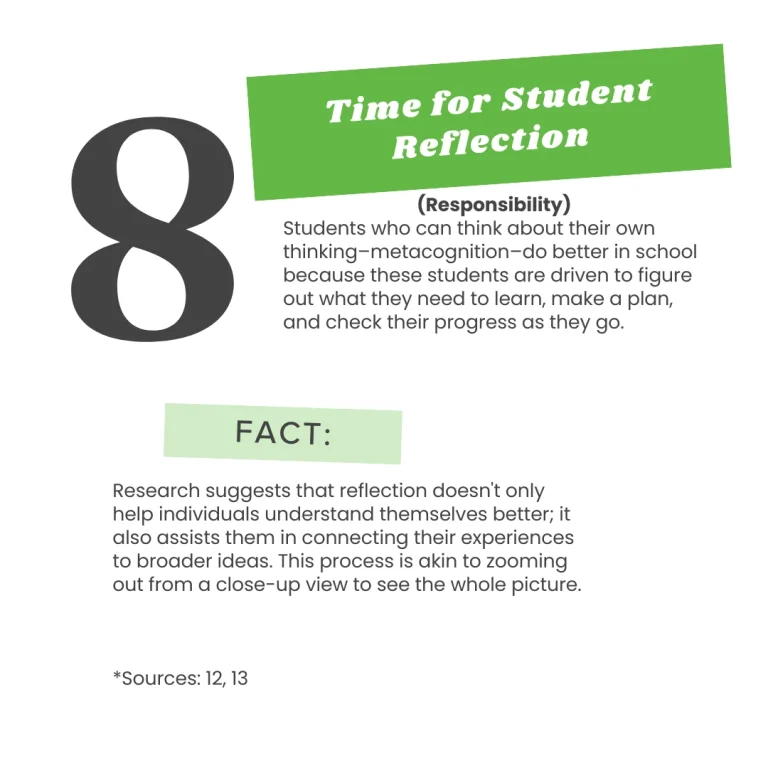

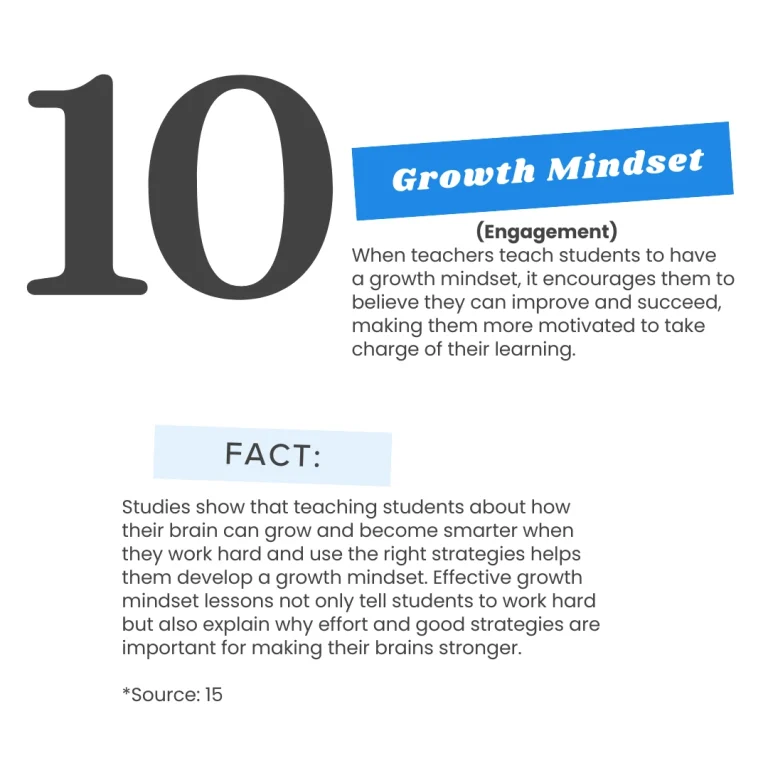
When Students Take Ownership of Their Learning, They Take Ownership of Their Own Success
When students take charge of their learning, it means they are responsible for their education. They finish their assignments on time and ask for help when they need it. They build up the skills and intrinsic motivation they need for a successful future, like when they go to college or begin a professional career. When students are motivated to learn, they become better at thinking, asking questions, and coming up with their own ideas.
At UWorld, we believe in the importance of motivating students to excel in class because they understand the importance of learning and are genuinely driven to get better. Our Online Teaching & Learning Tools for College Readiness are designed to make learning difficult concepts easier, with clear explanations to help them prepare with confidence for their AP®, SAT®, and ACT® exams.

References
- Tyner, A., By, Petrilli, A. T. J., Tyner, A., Petrilli, M. J., Adam TynerAuthor BioMichael J. PetrilliAuthor Bio, Bio, A. T., Bio, A., & Bio, M. J. P. (2022, January 31). The case for holding students accountable. Education Next. https://www.educationnext.org/case-for-holding-students-accountable-how-extrinsic-motivation-gets-kids-work-harder-learn-more/
- University of San Diego. (2023, May 31). What is productive struggle? [+ strategies for teachers]. What Is Productive Struggles? [+ Strategies for Teachers]. https://pce.sandiego.edu/productive-struggle-in-the-classroom/#:~:text=By%20practicing%20productive%20struggle%2C%20students,helps%20with%20retaining%20new%20skills.
- Wurtzel, J. (2021, November 4). New study: High-quality instructional materials drive collaboration in Education. Schusterman Family Philanthropies. https://www.schusterman.org/article/new-study-high-quality-instructional-materials-drive-collaboration-in-education#:~:text=After%20interviews%20with%20294%20families,students%20own%20their%20own%20learning.
- McCombs, B. & Whistler, J. (1997). The learnercentered classroom and school: Strategies for increasing student motivation and achievement. San Francisco: Jossey-Bass Publishers.
- Aaronsohn., E. (1996). Going against the grain: Supporting the student-centered teacher. Thousand Oaks, CA: Corwin Press.
- North Central Regional Educational Laboratory. (2000). Critical issue: Working toward student selfdirection and personal efficacy as educational goals. Available at http://www.ncrel.org/sdrs/areas/issues/students/learning/lr200.html
- Ryan, R. M., & Deci, E. L. (2000). Self-determination theoryand the facilitation of intrinsic motivation, social develop-ment, and well-being. American Psychologist,55, 68–78.doi:10.1037/0003-066X.55.1.68
- Deci, E. L., & Ryan, R. M. (1985). Intrinsic motivation andself-determination in human behavior.NewYork,NY:Plenum Press.
- Frank, T., & Scharff, L. F. V. (2013). Learning contracts in undergraduate courses: Impacts on student behaviors and academic performance. Journal of the Scholarship of Teaching and Learning, 13(4), 36-53.
- Main, P. (2022, March 13). Modelling Learning. StructuralLearning.com. https://www.structural-learning.com/post/modelling-learning#:~:text=According%20to%20Albert%20Bandura%20%2D%20Social%20Learning%20Theory%20%2D%20learning%20may%20take,retention%2C%20reproduction%2C%20and%20motivation.
- Thomas, B. (2012, November 6). What’s so special about mirror neurons? Scientific American Blog Network. https://blogs.scientificamerican.com/guest-blog/whats-so-special-about-mirror-neurons/
- Kolb, D. A. (1984). Experiential Learning: Experience as the Source of Learning and Development. Englewood Cliffs, NJ: Prentice Hall. http://academic.regis.edu/ed205/Kolb.pdf
- Winitzky, N. (1992). Structure and process in thinking about classroom management: An exploratory study of prospective teachers. Teaching and Teacher Education, 8(1), 1-14. doi:10.1016/0742-051X(92)90036-3
- Kyle, K. (2021, January 26). 10 goal setting statistics: Research studies facts & findings. KathKyle.com. https://www.kathkyle.com/goal-setting-statistics/
- Romero, C. (2015, July). What We Know About Growth Mindset from Scientific Research. StudentExperienceNetwork.org. https://studentexperiencenetwork.org/wp-content/uploads/2015/09/What-We-Know-About-Growth-Mindset.pdf
